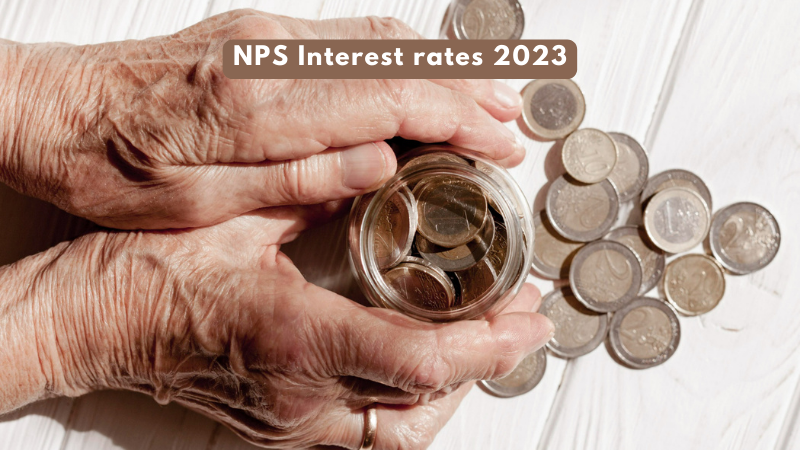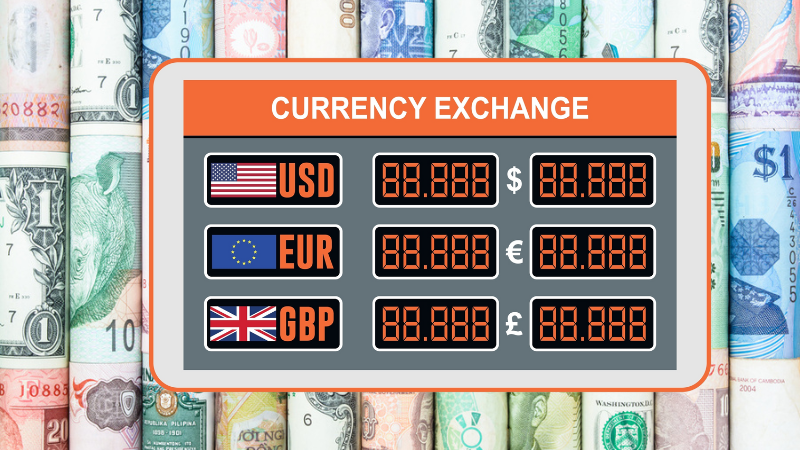
What is the focus of healthy financial planning? The simple answer is to safeguard your retirement. When we talk about retirement planning, one of the top investment options is NPS. This scheme allows the safety of the corpus at the same time the opportunity to make dynamic returns as compared to traditional PPF. So if you are interested in NPS investment, you also need to know the interest rates of the various eligible investment class under NPS to make sound investment decisions.
Read this blog to know the permissible asset classes under NPS and the interest rates offered under each.
What is NPS?
NPS is the National Pension Scheme which is a social security scheme initiated by the Government of India and open for investment to all resident Indians between the age group of 18 years to 65 years on a voluntary basis. The scheme requires the funds to be locked in till the age of retirement. i.e., 60 years after which they can withdraw 60% of the corpus. The balance of 40% will be invested in scheme-notified securities that have been selected by the investor at the time of opening the NPS account.
Investment in NPS also provides tax benefits in the form of a deduction under section 80C of up to Rs. 1,50,000 and an additional deduction of up to Rs. 50,000 under section 80CCD 1(B). The tax benefits and market-linked returns make it one of the top investment choices for taxpayers.
What are interest rates for NPS in 2023?
The interest rates on NPS are subject to market fluctuations and the asset class selected by the investor. These returns are different for the Tier I and Tier II accounts, therefore, it is important for the investors to check the potential returns of each asset class belonging to whether Tier I account or Tier II account.
The different asset classes under NPS and the interest rates in Tier I and Tier II accounts are given below.
Tier I
The approximate interest rates in the asset classes of Tier I as of July 31st, 2023 are tabled below.
| Asset type | 1 year Returns | 5 year Returns | 10 year Returns |
| Equity | 17% – 19% | 11% – 13% | 13% – 14.25% |
| Corporate bonds | 7% – 8% | 7.5% – 8.5% | 8.7% – 9.2% |
| Government Bonds | 8.5% – 9.5% | 8% – 9.5% | 8.7% – 9.8% |
| Alternative Assets | 0.8% – 5.6% | 5.5% – 8.8% |
Top-performing funds in Tier 1
| Fund name | 1 year Returns | 5 year Returns | 10 year Returns |
| ICICI Prudential Pension Funds (Equity Plans) | 19.24% | 12.74% | 14.30% |
| Kotak Pension Funds (Equity Plans) | 18.85% | 13.34% | 14.25% |
| LIC Pension Fund (Corporate Funds) | 7.58% | 8.48% | 9.14% |
| SBI Pension Fund (Corporate Funds) | 7.37% | 8.41% | 9.06% |
| UTI Retirement Solutions (Government Bonds) | 9.49% | 8.57% | 8.74% |
| ABSL Pension Scheme (Government Bonds) | 9.15% | 8.94% | |
| HDFC Pension Fund (Alternative Assets) | 5.59% | 8.51% |
Tier II
The approximate interest rates in the asset classes of Tier II as of July 31st, 2023 are tabled below.
| Asset type | 1 year Returns | 5 year Returns | 10 year Returns |
| Equity | 17% – 19.8% | 11.9% – 13.2% | 11% – 14.5% |
| Corporate Bonds | 8% – 9.5% | 5.75% – 8.77% | 8.5% – 10.3% |
| Government Bonds | 7% – 8% | 8.5% – 9.7% | 8.7% – 10% |
Top-performing funds in Tier II
| Fund name | 1 year Returns | 5 year Returns | 10 year Returns |
| UTI Retirement Solutions (Equity Plans) | 17.69% | 12.31% | 14.53% |
| ICICI Prudential Pension Fund (Equity Plans) | 19.87% | 12.93% | 14.40% |
| Kotak Pension Funds (Corporate Debt Plans) | -15.59% | 5.75% | 10.28% |
| SBI Pension Funds (Corporate Debt Plans) | 7.22% | 7.94% | 8.80% |
| LIC Pension Fund (Government Bonds) | 9.28% | 9.67% | 10.04% |
| ICICI Prudential Pension Funds (Government Bonds) | 8.78% | 8.71% | 8.94% |
Read More: Use NPS Calculator for better financial planning
How are returns from NPS taxed?
NPS belongs to the EEE category. This means that the investment, returns, and maturity proceeds are all tax-exempt as per the provisions of the Income Tax Act, 1961. As mentioned earlier, the investment in NPS up to Rs. 1,50,000 is deductible under section 80C while an additional deduction of Rs. 50,000 is deductible under section 80CCD 1(B).
The returns from the NPS investment belong to the exempt category and therefore are exempt from taxation. Upon maturity of the NPS account, the investors are allowed to withdraw up to 60% of the corpus and such corpus is tax-free as well. The balance of 40% is invested in investment plans selected by the investor, but the income generated on this portion is taxed at slab rates.
Conclusion
NPS returns are market-linked and keep fluctuating based on market volatility. However, it is considered a dynamic investment option that still has the backing of the government making it an attractive investment option. After the amendment in the scheme, investment in NPS is now open to all resident Indians.
FAQs
Yes, an NPS account can be opened by salaried and self-employed individuals.
There are various asset classes available for investment under NPS. These include investment in Equities (E), Government Bonds (G), Corporate Bonds (C), and Alternative Investment Funds (A), allowing investors to choose their preferred mix of these asset classes based on their risk appetite and investment goals.
The current rate of interest of PPF is 7.1% while the average interest rate provided by NPS is around 9% to 14%
Any individual who already has a Tier I NPS account can open a Tier II NPS account. Tier II accounts are voluntary savings accounts that offer greater flexibility in withdrawals but do not provide additional tax benefits like Tier I accounts.



























